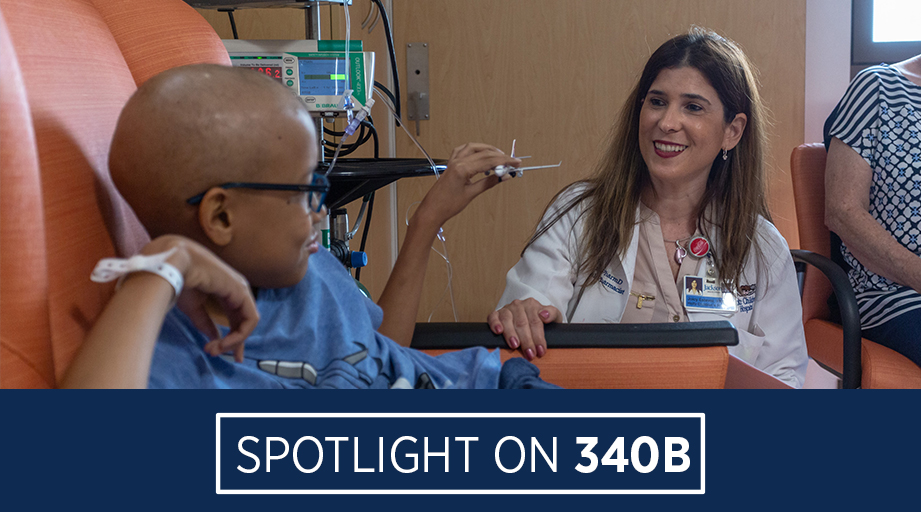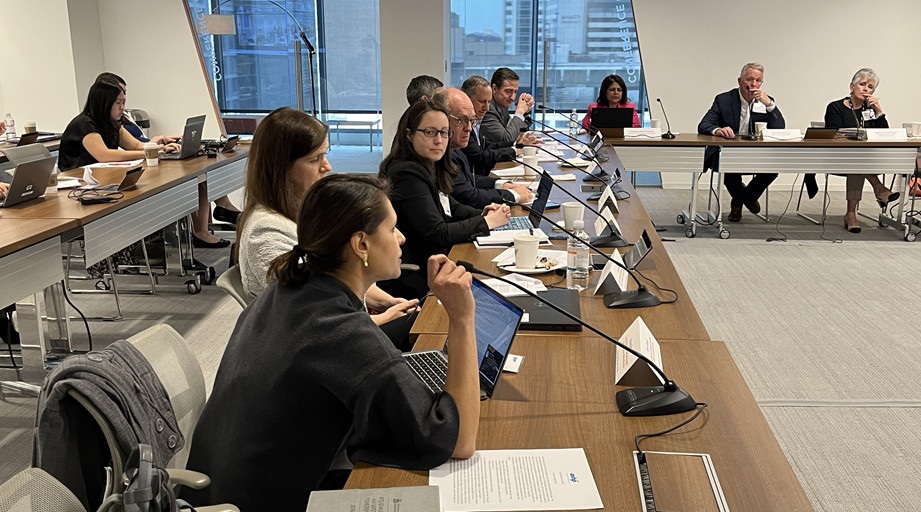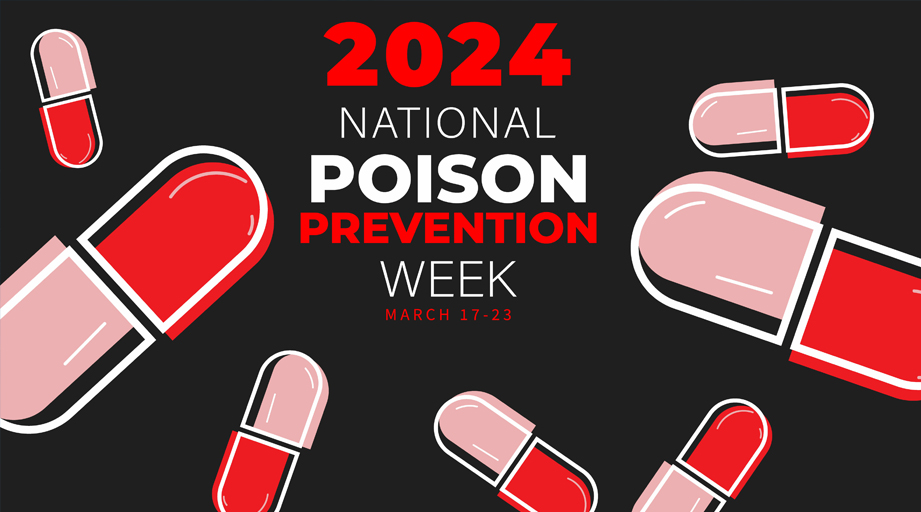
The national conversation on the epidemic of clinician burnout took center stage Sunday during the ASHP Well-Being Collaborative, a daylong, solution-focused event that featured a diverse lineup of experts at the Midyear Clinical Meeting and Exhibition.
Representatives from the National Academy of Medicine’s (NAM) Action Collaborative on Clinician Well-Being and Resilience, of which ASHP is an original sponsoring member, presented highlights from the recently released consensus report, “Taking Action Against Clinician Burnout: A Systems Approach to Professional Well-Being.”
Defined by the World Health Organization as a problem associated with chronic workplace stress, burnout is characterized by emotional exhaustion, depersonalization, and a low sense of professional effectiveness. The few published studies about burnout among pharmacists estimate a burnout rate of between 53 and 64 percent.
“Burnout has been studied, in my opinion, exhaustively among physicians and to a good extent among nurses, but unfortunately to my embarrassment, it’s been studied very little among pharmacists,” said M. Lynn Crismon, Pharm.D., a committee member of the NAM consensus study..
Crismon, Dean and James T. Doluisio Regents Chair and Behrens Professor of Pharmacy at the University of Texas at Austin College of Pharmacy, listed several independent contributing factors to burnout including too many nonclinical duties, uncertainty regarding healthcare reform, inadequate time for teaching and administrative duties, difficult colleagues, and feeling one’s contributions are not appreciated.
The NAM’s consensus report recommends a systems-based approach to combat burnout, a complex, multifactorial problem for which there is no single solution, and includes six goals to help healthcare organizations combat burnout and achieve a positive work and learning environment:
- Create positive work environments
- Create positive learning environments
- Reduce administrative burden
- Enable technology solutions
- Provide support to clinicians and learners
- Invest in research
“So what is a systems approach? It incorporates a thorough knowledge of the stakeholders involved, their goals and activities, the technologies that they use, and the environment in which they operate,” said Laura Aiuppa, consensus study director and senior program officer at the NAM. “It is not a focus per se on the individual, but rather all of the components that are involved in the work environment in which clinicians work and learn.”
When considering that burnout can be strongly related to a systems issue, it’s important to look at the environment in which healthcare professionals work, Crismon said.
“Just the nature of the work that we do as clinicians is stressful. We’re taking care of sick people. … Dealing with all of those individual patient issues is very stressful, so that makes it even more important that we create work environments that help alleviate that stress and help support healthcare professionals,” Crismon said, adding that implementing changes starts at the senior administration level.
Aiuppa said the committee took a bold approach to the problem of burnout by recommending a redesign of the healthcare system that focuses on what patients find important to their care and what enables clinicians to do their jobs in providing high quality care.
There must be a balance of job demands and job resources, Aiuppa said, adding that having professional relationships, social support, and a sustainable work-life balance are factors that can help to mitigate the stresses and demands of the job.
The committee’s recommendations reflect the need for all stakeholders to commit to implementing approaches and building infrastructure to support clinicians and learners. Collective and coordinated action is necessary across all levels of the healthcare system, Aiuppa said, noting “it’s not just a problem that will be improved by improving EHR, for example – this is something that is much, much broader.”
The healthcare profession is ready for change, but there is much more work to be done to develop strategies and make improvements, Aiuppa said.
“This is an ongoing effort that will probably take decades, but we really need to begin now.”
The presentation on the NAM report was followed by guided meditation and a roundtable discussion with reactions from interprofessional panel participants.
The Well-Being Collaborative event also included the presentation, “A Mindfulness-Based Approach to Mitigate Burnout in Clinical Pharmacists.”
Attendees were encouraged to apply mindfulness concepts to everyday clinical practice to reduce impact of burnout symptoms. Varied mindfulness-based methods and skills were discussed, including breathing techniques such as dynamic or deep breathing, Gatha meditation, chair yoga, self-compassion meditation, body scan exercises, labeling and identifying thoughts/feelings, and mindfulness in daily activities.







